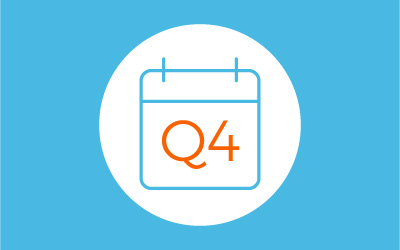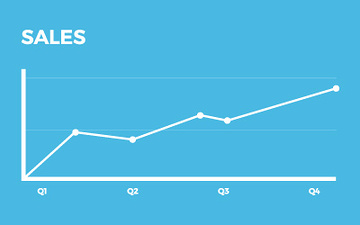Measurement: A Marketer’s Best Tool
09.21.17 · Greteman Group

As the fourth quarter approaches, marketers need to justify spend. And they may be planning for an even leaner year in 2018. Measurement serves as the best strategic weapon to preserve – and possibly boost – marketing budgets.
Greteman Group Digital Director Jordan Walker ensures data drives end-of-year agency reporting. Speaking at the Wichita chapter of the American Marketing Association’s September luncheon, Jordan explained why Google Analytics serves as one of the best resources for reporting on the year’s marketing effort. This free tool delivers 24/7 data on your company website, a key marketing tool.
She asked the sold-out crowd to consider: “How are my marketing tactics working? How is my website performing? Are customers taking the desired actions?”
“Websites can no longer just be glorified brochures,” she said. “They better deliver results.”
Identify Your Goals

Attendee Rachel Douglass, engagement director for the Wichita Regional Chamber of Commerce, posted on Twitter that she was most interested in defining what true success looks like. Jordan showed that that is indeed the first step. Before diving into Google Analytics and turning data points into measurement, you first must determine your measurement of success.
“Sales and marketing have to come together to create realistic goals,” Jordan said. “As marketers, we need to do the research and identify what actions throughout our customers’ buying journey indicate success.”
Those actions become your goals – anything from website traffic to form fills. Think about what actions lead to converting potential customers into actual ones. Then measure those.
Set Up Your Google Analytics
For Google Analytics to work for you, you have to have it set up on your website. You’d be surprised by how many companies don’t add this simple bit of code to their sites. You also have to tell Google what to measure and understand which of Google’s many data points matter to you.
Telling Google what to measure is simple. There’s a tool for that. The URL builder allows you to input the exact source, medium, campaign and content you needed to identify the corresponding data points in Google Analytics.
Knowing what to measure is more difficult. You’ve heard a high bounce rate is bad. And if you see lots of web visitors leaving after only one or two pages, you may have reason for concern. But, then again, maybe not.
Bounce rate measures single-page sessions – when a user arrives at your website, looks at one page, and then leaves. What if all the information your customer needs is on that one page? A high bounce rate doesn’t matter. What if your customer’s buying journey takes two clicks? Two pages per session might be just what you want – any higher, and your funnel might be an endless circle.
The sold-out crowd, robust Q&A and post-presentation comments confirm there’s a hunger for knowing how to better use metrics in general and Google Analytics in particular.
“I really appreciated the helpful tips Jordan shared that I’ll be able to implement when it comes to making better data-driven decisions,” said Adrienne Clark, market research and SEO specialist at Foulston & Siefkin.

Adrienne Clark (l) and Jordan Walker (r) at AMA Wichita’s monthly luncheon at Distillery 244 Old Town.
Taking Our Own Advice
Greteman Group recently launched a new website. When designing the site, we relied on Google Analytics to identify and mitigate any pain points. As a result, our new website offers a clear flow from entry to exit. A funnel for our customers that’s user-friendly, easy-to-follow and that delivers results. Check it out.
